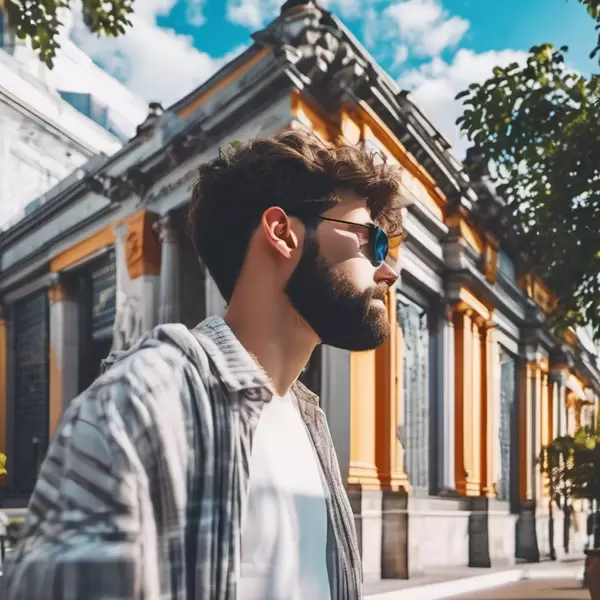Last Updated on June 12, 2025 by Muhammad Ramzan
In the saturated urban marketplace, where service offerings often blur into one another, the success of a wellness brand hinges on more than quality—it depends on identity. In cities like Seoul, where high density meets high stress, the wellness sector is undergoing a transformation driven by branding innovation. Modern relaxation spaces are no longer just about services like massages or aromatherapy—they are immersive environments carefully designed to project serenity, trust, and distinctiveness in an otherwise noisy landscape.
This shift reflects a broader trend in consumer behavior. Urban clients, especially working professionals, now expect more than functional benefit from a wellness visit; they seek emotional alignment. The lighting, scent, acoustics, and even staff uniforms contribute to a narrative that tells users, “This is not just a service—this is your space.” Within this evolving ecosystem, the term 오피 has gradually shifted in perception. Once simply a category of discreet wellness, it now also implies a certain design and branding ethos—compact yet premium, personalized yet scalable.
To stand out, emerging wellness providers are borrowing tactics from luxury retail and boutique hospitality. Minimalist design, curated scent branding, and soft tech integration (such as invisible check-in systems or AI-driven mood playlists) create a seamless experience that begins the moment a user enters the space. These atmospheric cues build not just comfort, but memory—making users far more likely to return and recommend.
One example of this elevated approach can be seen in platforms like 하이오피, which curate and highlight premium wellness environments not just by location or service type, but by experiential elements. Rather than presenting generic listings, such platforms emphasize ambiance, customer tone, aesthetic moodboards, and even philosophical alignment. A space isn’t just “clean” or “professional”; it’s described as “Nordic-inspired sanctuary for overworked creatives” or “Neo-Korean therapeutic zone for late-night restoration.” This semantic shift drives emotional connection—and conversion.
These branding strategies also address a key challenge in the urban wellness space: differentiation. With hundreds of similar-looking options, only those that carve out a strong identity survive long-term. Elements such as signature scents, brand colors, curated playlists, or even custom post-session teas become part of a story that users remember. It’s no longer just a massage—it’s a ritual, a brand interaction, and a retreat all at once.
Moreover, as wellness increasingly becomes a shared social activity—something people discuss, rate, and photograph—brands that consider how their spaces appear on digital platforms gain an edge. Instagram-friendly interiors, calming typography on signage, and responsive mobile interfaces contribute to the broader perception of quality. In this sense, a successful urban wellness brand is both a physical place and a media-ready concept.
Ultimately, the future of city-based relaxation experiences lies not only in the hands of therapists and designers, but in the minds of brand strategists. In a world where peace is a commodity, how it’s packaged and delivered will define who wins in the wellness market. The smart spaces—those that turn healing into brand narrative—will lead the way.










